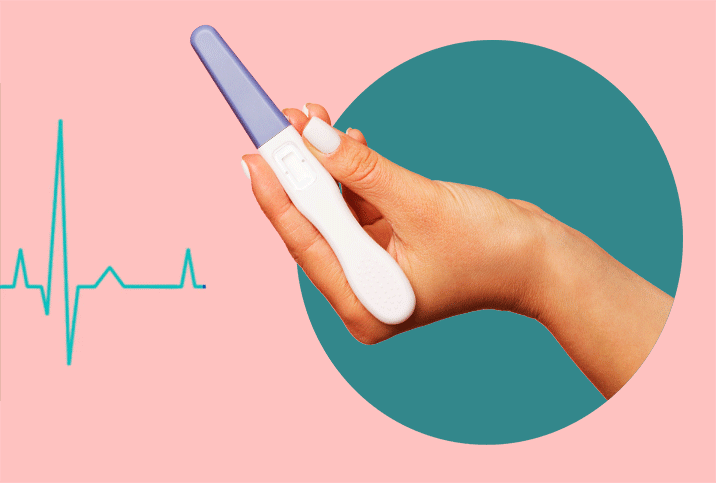Hysterectomies: Understanding When This Procedure Is Performed

Although hysterectomies are as common as gallbladder removal, there are misconceptions surrounding this procedure. For example: The entire reproductive system is removed and there are no alternatives to hysterectomies. Both statements are incorrect.
A hysterectomy, by definition, is the removal of the uterus, explained Kecia Gaither, M.D., the director of perinatal services/maternal-fetal medicine at NYC Health + Hospitals/Lincoln in the Bronx in New York City.
There are several types of hysterectomies:
- Supracervical hysterectomy removes only the uterus.
- Total abdominal hysterectomy removes the uterus and cervix.
- Radical hysterectomy involves the removal of the uterus, cervix and upper part of the vagina.
- Hysterectomy with salpingectomy is the removal of the fallopian tubes, along with the uterus.
- Hysterectomy with oophorectomy is the removal of the ovaries, along with the uterus.
Your doctor may recommend a hysterectomy for various conditions. The underlying medical issue determines the type that is needed.
Five conditions that may require a hysterectomy
Cancer
Hysterectomies are used to treat gynecologic cancer, including ovarian cancer, cervical cancer and uterine cancer. The type of hysterectomy depends on the type of cancer and how far it has spread.
Hysterectomy is the definitive treatment for uterine cancer, explained Kevin Alten, M.D., an OB-GYN and instructor in the physician assistant program at Marietta College in Ohio.
Uterine prolapse
When muscles and ligaments supporting the uterus weaken and collapse, a uterine prolapse results. In this case, a vaginal laparoscopy may be performed. Small incisions are made in the abdomen to remove the ligaments supporting the uterus, and a tiny fiber-optic camera guides the surgeon to remove the uterus through the vagina.
Endometriosis
Tissue similar to the endometrium (the uterine lining) can grow outside the uterus, causing severe pain and sometimes infertility. Either laparoscopy or laparotomy can be used. Oophorectomy may be recommended as well, Alten said.
"In the case of endometriosis, you would want to take the ovaries out. If you leave one ovary in, she would run the risk of the endometriosis coming back," Alten explained.
Time is on the side of women headed into menopause, Alten said, but women younger than 35 who want children may want to weigh the risks and benefits.
"It all depends on the individual. Two people may decide to do two totally different things," he said.
Postmenopausal women are not necessarily out of the woods, according to a 2020 study, with endometriosis occurring even in 80-year-old patients.
Gender affirmation
According to Cleveland Clinic, approximately 1 in 4 transgender and binary people undergo gender affirmation surgery. A hysterectomy, oophorectomy and salpingectomy would fit that category as it applies to transgender men.
The American College of Obstetricians and Gynecologists recommends a vaginal laparoscopy for removing organs. Secondary sex characteristics, such as hair growth, amount and distribution of body fat, and size of the breasts, change when ovaries are removed, and menses ends. The vagina could also be removed.
Studies show that psychological well-being improves dramatically for transgender men after surgery, and continues to improve over time.
Pelvic pain
If a woman is experiencing debilitating pelvic pain, a hysterectomy may be an option. Two common causes of discomfort are uterine fibroids and menorrhagia, or heavy menstrual bleeding.
According to the Johns Hopkins School of Medicine, uterine fibroids—noncancerous muscle tissue growths—are the No. 1 reason for hysterectomy in the United States. For women suffering from menorrhagia, hysterectomies are used as a last resort.
Increasingly, alternatives such as medication, hormone treatments and endometrial ablation, a minimally invasive surgery that thins the lining of the uterus, are being used to treat both menorrhagia and fibroids.
The treatment choice depends on the specific diagnosis and unique needs of the patient, explained Erica Montes, M.D., a board-certified OB-GYN in Phoenix and the creator of the Modern Mujer, an educational health website for Latina women.
"When I have a patient who's having heavy bleeding, I kind of give them a few options depending on the cause of the bleeding, whether it's a hormonal issue or uterine fibroids or polycystic ovarian syndrome. Usually, we can say, 'Let's do birth control pills,' or there's newer meds out there that can help with bleeding from fibroids," Montes said.
Endometrial ablation can be a good option for women who do not want to have children, but if they do, a hormonal intrauterine device (IUD) may be recommended, Montes said. Recovery from endometrial ablation is quick and relatively painless, but pregnancy would be difficult.
"We essentially destroy the endometrium, so they still have some endometrium, depending on which ablation they do, but it tends to be really thin and can have some scar tissue. So that could be risky for the pregnancy in terms of the placenta and the way the baby could grow," Montes explained.
In conclusion
If you are considering a hysterectomy, make sure you understand all the risks, benefits and possible complications involved, and explore all your options. Keep in mind that if your physician recommends the procedure, it's because they believe it will improve your quality of life based on your symptoms and underlying condition.


















